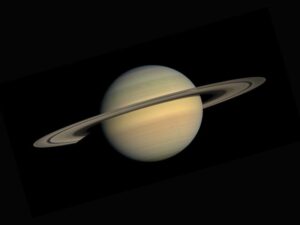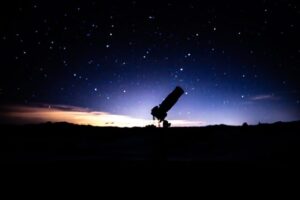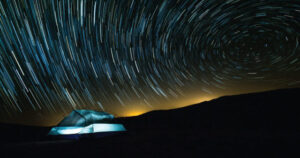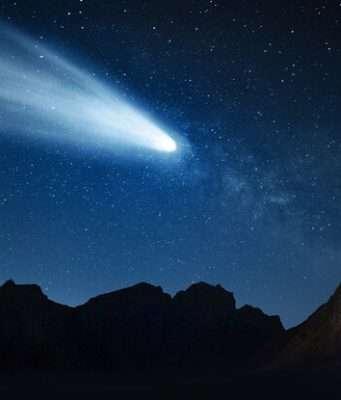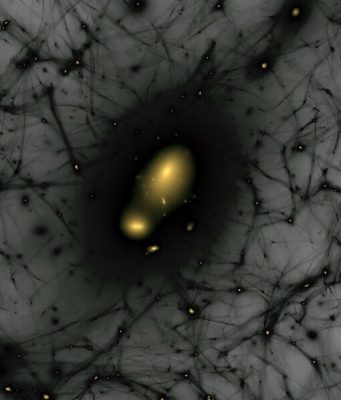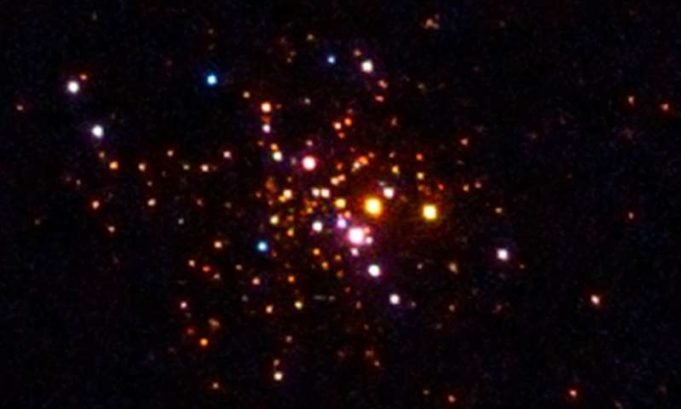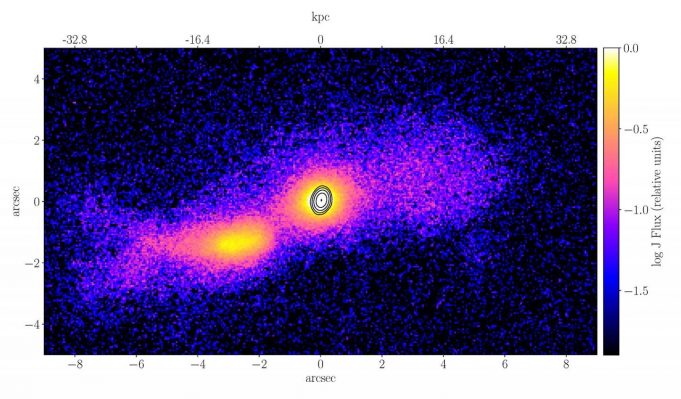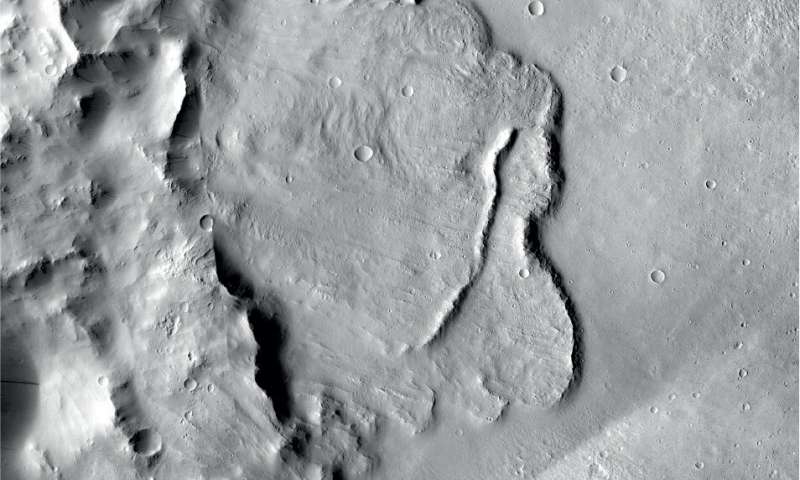The South Pole-Aitken basin is the darker area at the bottom of this image.
Credit: Photo by NASA/Goddard Space Flight CenterScientific Visualization Studio
Scientists have long assumed that all the planets in our solar system look the same beneath the surface,...
It's amazing what a difference a little water can make. The Moon formed between about 4.4 and 4.5 billion years ago when an object collided with the still-forming proto-Earth. This impact created a hot and partially vaporized disk of...
A study led by Iain McDonald of the University of Manchester, UK, (now based at the Open University, UK) used data obtained in 2016 during the K2 mission phase of NASA's Kepler Space Telescope. The study team found 27...
Cataclysmic variable stars (CVs) are white dwarf stars that are accreting from an orbiting, low mass binary companion star. The accretion is facilitated by the proximity of the stars; typical orbital periods range from about one to ten hours....
A team of Clemson University College of Science researchers, in collaboration with international colleagues, has reported the first definitive detection of a relativistic jet emerging from two colliding galaxies—in essence, the first photographic proof that merging galaxies can produce...
Mars Express has revealed the first geological evidence of a system of ancient interconnected lakes that once lay deep beneath the Red Planet's surface, five of which may contain minerals crucial to life.
Mars appears to be an arid world,...
NOAA's GOES-13 satellite captured this visible image of the massive Hurricane Sandy on Oct. 28 at 1302 UTC (9:02 a.m. EDT). The line of clouds from the Gulf of Mexico north are associated with the cold front that Sandy...
A meteorite discovered in a Swedish quarry is unique and distinct from other meteorites. It appears to be a relic of a massive collision in the asteroid belt 470 million years ago that send debris raining to Earth during...
Dazzling eyelid-like features bursting with stars in galaxy IC 2163 formed from a tsunami of stars and gas triggered by a glancing collision with galaxy NGC 2207 (a portion of its spiral arm is shown on right side of...
Quantum jumps are usually regarded to be instantaneous. However, new measurement methods are so precise that it has now become possible to observe such a process and to measure its duration precisely -- for example the famous 'photoelectric effect',...
Artist’s view of star formation in the early Universe. Credit: Adolf Schaller/STScI
A new study led by University of California, Riverside astronomers casts light on how young, hot stars ionize oxygen in the early universe and the effects on the...



